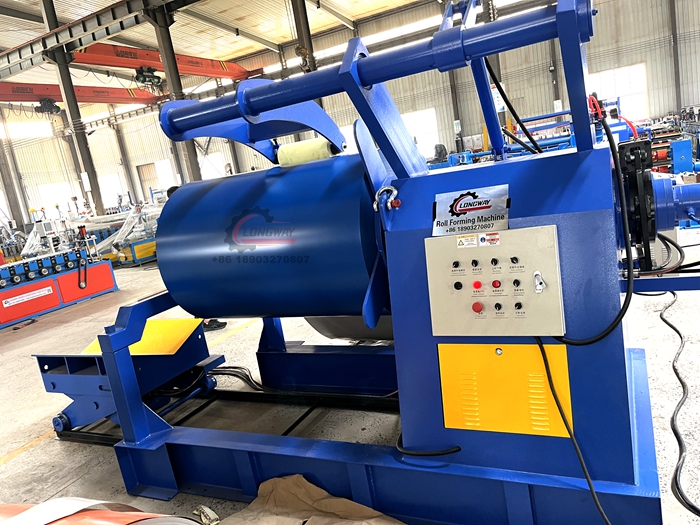Cutting and Length Adjustment Machinery for Precision Manufacturing Needs
Understanding the Cut-to-Length Line Machine An Essential Tool in Modern Manufacturing
In the realm of modern manufacturing, efficiency and precision are paramount. Among the various machines that have revolutionized the industry, the cut-to-length line machine stands out as an essential piece of equipment. Designed to streamline the process of cutting raw materials into specified lengths, this machine has become invaluable to a range of sectors, including metalworking, paper production, and plastics.
The cut-to-length line machine operates on a simple yet effective principle it receives a continuous roll or sheet of material and precisely cuts it into predetermined lengths. This automatic process not only enhances productivity but also minimizes waste, making it a cost-effective solution for manufacturers. The machine's design typically includes a feed mechanism, cutting station, and a stacking or winding unit to collect the finished products.
Understanding the Cut-to-Length Line Machine An Essential Tool in Modern Manufacturing
Moreover, the cut-to-length line machine is highly versatile. It can be used for a variety of materials, including steel, aluminum, copper, and even softer materials like paper and plastics. This adaptability makes it an attractive investment for manufacturers who deal with different types of raw materials and need to switch between production runs frequently. Many modern machines come equipped with programmable features that allow users to adjust cutting lengths and speeds on-the-fly, further enhancing their operational flexibility.
cut to length line machine

Another advantage of employing a cut-to-length line machine is the consistent quality of the finished products. These machines are designed to provide uniform cuts, which is crucial for industries where precision is critical, such as aerospace and automotive manufacturing. The accuracy of a cut-to-length line can significantly improve the quality of the final product, reducing the need for additional machining or finishing processes. This not only saves time but also ensures that the components fit together more precisely, enhancing the overall integrity of the final assembly.
Furthermore, advancements in technology have led to the integration of smart features in modern cut-to-length line machines. Equipped with sensors and IoT capabilities, these machines can monitor their performance in real-time, providing valuable data on production efficiency and material usage. Manufacturers can leverage this information to make informed decisions, optimize their processes, and even predict maintenance needs, thus reducing downtime and prolonging the life of the equipment.
Despite the many advantages, investing in a cut-to-length line machine requires careful consideration. Manufacturers must evaluate their specific needs, the types of materials they work with, and the volume of production. Additionally, training staff to operate and maintain the machine properly is crucial to reap the full benefits of automation.
In conclusion, the cut-to-length line machine represents a significant technological advancement in the manufacturing sector. With its ability to enhance productivity, reduce labor costs, and improve product quality, it is a vital tool for manufacturers aiming to remain competitive in today’s fast-paced market. As technological innovations continue to evolve, we can expect these machines to become even more efficient and integral to the manufacturing process, paving the way for a future where precision and automation go hand in hand.
-
Roof Panel Machines: Buying Guide, Types, and PricingNewsJul.04, 2025
-
Purlin Machines: Types, Features, and Pricing GuideNewsJul.04, 2025
-
Metal Embossing Machines: Types, Applications, and Buying GuideNewsJul.04, 2025
-
Gutter Machines: Features, Types, and Cost BreakdownNewsJul.04, 2025
-
Cut to Length Line: Overview, Equipment, and Buying GuideNewsJul.04, 2025
-
Auto Stacker: Features, Applications, and Cost BreakdownNewsJul.04, 2025
-
Top Drywall Profile Machine Models for SaleNewsJun.05, 2025








